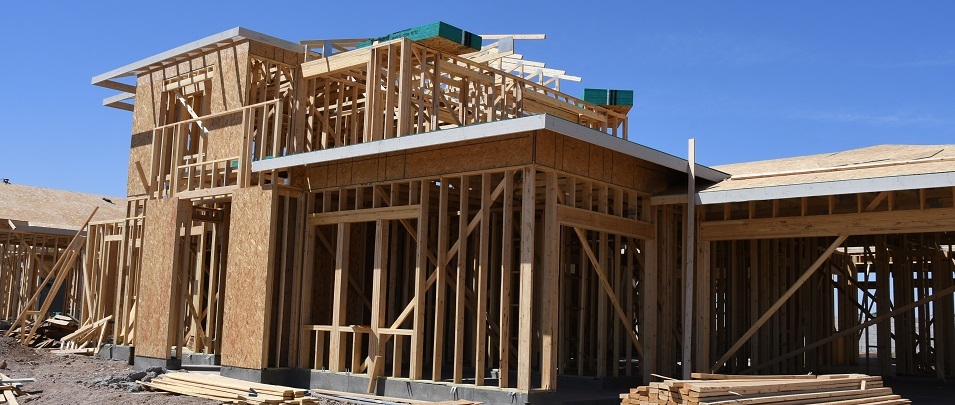
Following the results of a professional housing needs assessment, Ritchot’s economic development officer, Ryan Faucher, will soon be applying for federal funding in the hopes of filling gaps in the municipality’s housing options.
The Housing Accelerator Fund, available to municipal governments, is there to encourage housing growth to aid in the development of affordable, inclusive, and diverse communities that are low-carbon and climate-resilient.
The fund is a part of the $82-billion National Housing Strategy, carried out by the federal government through the Canadian Mortgage and Housing Corporation (CMHC). The strategy’s end goal is to strengthen the middle-class sector, cut chronic homelessness in half, and help fuel an ailing economy.
The housing needs assessment is a prerequisite for applying for funding.
Ritchot hired Winnipeg-based consulting firm WSP to complete the study. Details needed to be compiled on the region’s demographics, income mixes, and current housing supply.
Using 2021 data from Statistics Canada, WSP also looked at the municipality’s historic growth rate in order to project future growth.
Together, this data allowed WSP to develop a community profile which is helpful in terms of determining where the region is going and the gaps that will need to be filled in order to get there.
“Ritchot has a very high ratio of single-family [homes] verses multi-family,” Faucher says. “The municipality is also having an influx of younger families, so that does change our demographic a little bit, which supports the idea of affordable housing within the RM. And comparing us to the national average, we are below average on multi-family housing. [The report] also identifies the seniors’ living perspective, in that we could use some of that.”
In the first stages, the application for funding approval requires no specifics on what types of housing are being sought.
If approved, the government promises to provide between $20,000 and $51,000 per building complex.
At that point, Faucher will need to provide details on specific projects and submit them to the CMHC.
Once received, funds don’t need to go directly to the building itself. They can be put to use on infrastructure which paves the way for that building. This could mean adding water or sewer lines, completing street repairs, or beefing up essential services, such as fire and emergency, which support the growth incurred by an increase in population.
“[The funding] can also be applied as direct incentives to the developers or the builders,” Faucher says. “That’s at the discretion of the government body that applies for the fund.”
The catch to receiving the funding, Faucher adds, is the requirement that the land already be zoned for the specific use. As well, a guarantee must be made that the specific projects proposed could be completed in a one- to three-year window. The quicker the project can be completed, the more funding is guaranteed.
“So if you come with a project that is a ‘green field build’—that is, three or four years in the future—we’re not eligible for that,” says Faucher. “[The proposed site] has to be properly zoned and shovel-ready. We have Tourond Creek and we have Cobblestone in Grande Pointe, so there’s a lot of areas that have already been subdivided and identified for development.”
Faucher says that some of this development may currently be stalled because of high interest rates and the tough economic times. In a situation like this, the Housing Accelerator Fund might be exactly what council needs to encourage developers to move ahead.
The fund could also helped the RM better accommodate seniors and keep them in the community.
“In Ritchot, we don’t have any seniors living [options], so that would be a gap within our communities,” says Faucher. “So the government may offer incentives to the municipality in order to add that type of housing to our mix.”
But it’s not just housing complexes that could benefit local seniors. Funding is also available for other seniors’ housing initiatives, such as secondary suites or “granny flats.”
“[The government] views that as a way to add capacity to the housing market. It’s a societal benefit because keeping your family groups together provides support to the seniors and they provide support to the other family members.”




















